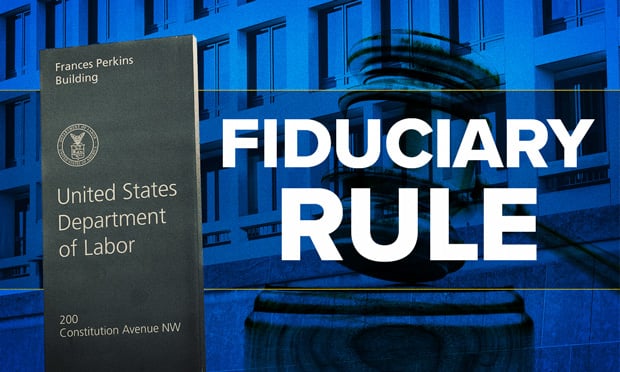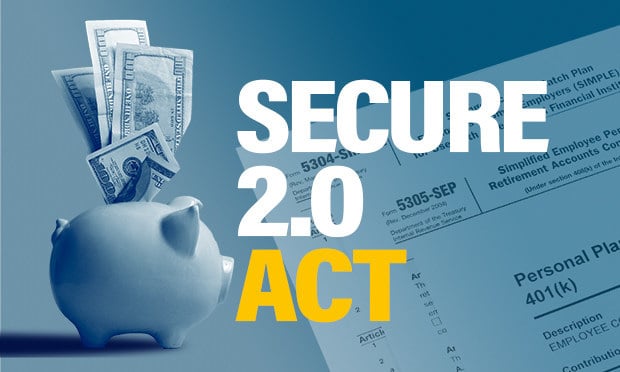A frequent criticism of the 401(k) design is that it was "never designed" to provide a full retirement benefit, unlike, as it's often stated or implied, the defined benefit plan.
Moreover, while there is a very real tendency to focus on the CURRENT balance in a defined contribution/401(k) plan and treat that as the ultimate outcome, for reasons I've never really been able to understand, people tend to think and talk about defined benefit (DB) plans in terms of the benefit they are capable of providing, rather than the actual benefits paid. However, the data show that some of the common assumptions about defined benefit pensions are out of line with the realities, including: Once upon a time, everybody had a pension. "Coverage" is a hot topic among policymakers these days, or more accurately, the lack of it. One of the most frequently invoked criticisms of the current system is that so many American workers don't have access to a retirement plan at work. But in 1979, only 28 percent of private-sector workers participated in a DB plan, with another 10 percent participating in both a DB and defined contribution (DC) plan. By any measure, that's a long way from "everybody." The reality is that more private-sector workers are participating in a workplace retirement plan today than in 1979. People used to work for the same employer their whole careers. My kids think their generation is the first to anticipate having many employers during their careers, but the reality is that American workers, certainly in the private sector, have long been relatively mobile in the workforce. Median job tenure of the total workforce has hovered at about five years since the early 1950s (in fact, as EBRI's latest research points out, the average median job tenure has now risen, to 5.4 years). The data on employee tenure—the amount of time an individual has been with his or her current employer—show that career jobs never existed for most workers and have continued not to exist for most workers. And that has implications for pension benefits. Everybody who had a pension got a full benefit. Those who know how defined benefit plan accrual formulas work understand that the actual benefit is a function of some definition of average pay and years of service. Moreover, prior to the mid-1980s, 10-year cliff vesting schedules were common for DB plans. What that meant was that if you worked for an employer fewer than 10 years, you'd be entitled to a pension of … $0.00. As noted above, the American workforce has, since the end of World War II, been relatively, and consistently, mobile. Between 1987 and 2012, among private-sector workers, fewer than 1 in 5 have spent 25 years or more with one employer. Under pension accrual formulas, those kinds of numbers meant that, even among the workers who were covered by a traditional pension, many would actually receive little or nothing from that plan design. And that's for those who were covered in the first place. People used to get more retirement income from pensions than they do today. There are undoubtedly different challenges ahead for retirees than for prior generations – longer lives, higher health care costs, the pressures of affording long-term care – but when it comes to sources of retirement income for those over the age of 65, there has been remarkably little change over the past several decades. Social Security is and has been a consistent source, representing somewhere between 40 and 45 percent of aggregate income (excluding non-periodic distributions from DC plans and IRAs) during most of that time, and into the current time, according to data from the Census Bureau. Pension annuity income, which constituted about 16 percent of aggregate income in 1976, rose to as high as 21 percent in the early '90s – about where it stands today. There's no question that some Americans in the private sector have derived, and will continue to derive, significant retirement income from DB plans, and DB plans did and can deliver for the portion of the population that does stay with one employer/plan for a full career. The data show, however, that many Americans were not covered by those plans, even in the "good old days," and that even many of those who were covered, for a time anyway, were not likely to receive the full benefit that the design was capable of delivering because they didn't have, or take advantage of, the opportunity. Sound familiar?Continue Reading for Free
Register and gain access to:
- Breaking benefits news and analysis, on-site and via our newsletters and custom alerts
- Educational webcasts, white papers, and ebooks from industry thought leaders
- Critical converage of the property casualty insurance and financial advisory markets on our other ALM sites, PropertyCasualty360 and ThinkAdvisor
Already have an account? Sign In Now
© 2024 ALM Global, LLC, All Rights Reserved. Request academic re-use from www.copyright.com. All other uses, submit a request to [email protected]. For more information visit Asset & Logo Licensing.








